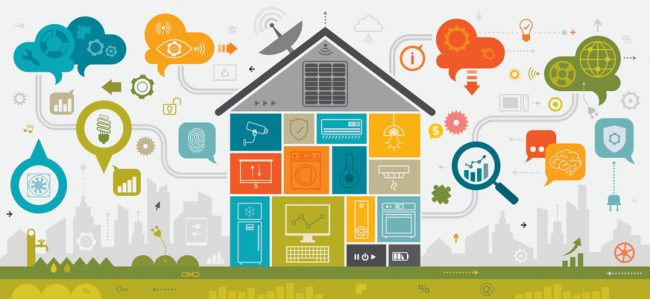
By Yuka Kato
Summer is a time filled with good times and warm weather. Unfortunately, it’s also a time for many homeowners when energy costs skyrocket as they attempt to keep their homes cool and comfortable. Thankfully, there are many things that can be done to help keep homes cool, while saving energy and money at the same time. These five tips will help make the most of energy efficient home situations this summer, and all cost less than $500.
Find and Fix Air Leaks
According to Energy.gov, air leaks are responsible for as much as 20 percent of the energy used to heat and cool the home. Stopping air leaks around doors and windows through weatherstripping is a fast and inexpensive way to help lower energy bills year round, while stopping drafts, and making the home more comfortable at the same time.
How Much Does It Save?
It’s common to see a drop in energy bills of about 20 percent after sealing up air leaks. The average cost of this project is around $168, and it will pay for itself over time with lower energy bills.
Thermostat Upgrade
Another way to lower energy bills is to invest in a programmable thermostat. Thermostats are responsible for controlling when the air conditioner goes on and off. However, many people forget to turn them off when they leave for the day, resulting in higher than necessary bills. A programmable version that can learn the habits of the residents in house will let the system use energy more efficiently, keeping bills down.
How Much Does It Save?
Programmable thermostats cost around $200 - $250 to have installed, and can often save roughly $180 a year on heating and cooling costs. Over time, this will help pay for the upgrade.
Update Light Fixtures
If the house still features incandescent light bulbs in the fixtures, then it’s likely using much more energy than it needs to be. Energy efficient LED and CFL bulbs use just ⅓ to 1/30 of the energy that a traditional bulb does. These bulbs also work in any traditional light fixture, although it is possible to install new lights made just for these types of bulbs to save even more if desired.
How Much Does It Save?
CFL bulbs cost around $10 to $12 while LED Bulbs cost around $15 to $25. While this may sound pricey, consider this; incandescent bulbs use about $15 worth of electricity a year per bulb, while LED and CFL use less than $5. Added up, this can be a tremendous savings over time.
Change the Air Filters
HVAC systems need to be clean and free of dust and dirt in order to work properly. For that reason, it has a filter installed at its intake to keep out contaminates. Over time, that filter will become clogged with dust, dirt, and hair, causing the system to work harder to pull air through. Most filters should be changed once a season, but many people overlook this simple task, which in turn results in higher energy bills, and expensive HVAC and AC maintenance.
How Much Does It Save?
Replacement air filters typically cost around $15 to $60. Choose from reusable filters that only need regular cleaning. Changing the filter every 3 months will save roughly 15 percent on energy bills.
Air Vents
AC and HVAC units will also work harder if their air vents are dirty. The more debris and dirt inside the system, the harder it needs to work to pull air through, raising energy costs by as much as 5 - 15 percent over time, and causing the system to age faster, requiring more maintenance and repairs over time.
How Much Does It Save?
Having dirty vents cleaned costs between $300 and $500. However, this can save up to 15 percent on your energy bills, and save on expensive HVAC repairs as well.
Lower Energy Bills
Remember, most of the things done to lower energy bills this summer will be effective year round, keeping energy bills down in the winter months as well, and increasing the amount that is ultimately saved. The home will also be more comfortable, and current and future homeowners will be able to avoid unexpected maintenance and repair costs in some cases as well.
To find out how much more can be saved, visit the Cost Guides.







